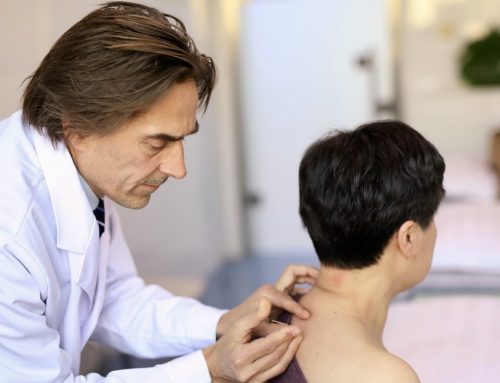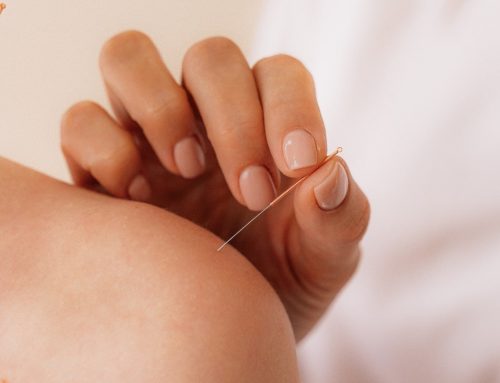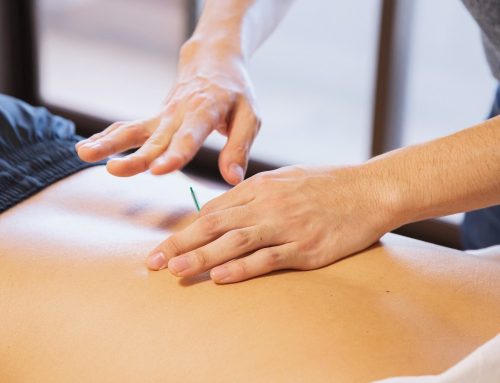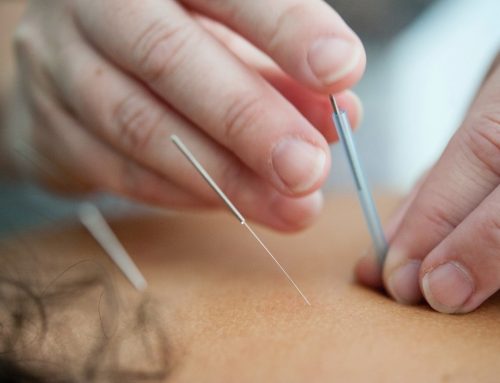The rotator cuff plays a vital part in our ability to easily function as we move throughout the day, but it often goes unnoticed until an injury occurs. Rotator cuff injuries are one of the most common injuries we see in our practice. We heavily rely on this muscle group and the surrounding tendons, which means that it can be especially susceptible to painful injury (whether from sports or overuse through everyday activities). Thankfully, dry needling is an effective treatment for rotator cuff injuries. Today we’ll outline more about how this powerful treatment works.
What is the Rotator Cuff?
The rotator cuff refers to a group of four muscles and their surrounding tendons. These muscles help to stabilize and compress the shoulder joint—which is a ball-and-socket joint—when you move your arm. Every time you move your shoulder, you are using your rotator cuff.
Rotator cuff injuries result in intense and immediate pain, and can range in severity from a strain to a full tear of a tendon, leaving patients unable to exercise a full range of motion. The most common injuries to the area are strain, tendinitis (inflammation of the tendon), and bursitis (inflammation around the fluid-filled sac that cushions rotator cuff tendons from the nearby acromion bone). One of the most common causes of injury is repeated use, which can be from anything from painting to sports, such as tennis, swimming, or baseball. Acute injuries such as falls or even car accidents can also be a cause of injury.
Dry Needling for Rotator Cuff
When we sustain any sort of injury, our tissues begin the healing process through an inflammation response, eventually resulting in the reconstruction of the injured tissue. Often, the inflammatory response along with tissue contracture and scar formation, results in a decrease in blood circulation to the injured area. This is especially problematic with rotator cuff injuries, because these tendons already receive inadequate blood supply naturally due to their anatomical positioning. This limited blood supply is one of the primary reasons why the healing process for rotator cuff injuries is so prolonged.
It is because of this limited blood flow that dry needling for rotator cuff injuries is particularly successful—especially for patients not requiring surgical repair of rotator muscles or tendons. During the dry needling process, microneedles are inserted through the skin into the problematic area. The resulting tiny lesions create micro-trauma to the body’s underlying soft tissue. As a result, the body’s natural healing response is triggered. Oxygenated blood supply is increased to the area, which promotes the body’s natural healing process. The peripheral nervous system is further stimulated during the process, with the release of beta-endorphins through opiate receptors, helping patients to experience pain relief rather quickly following treatment.
Dry Needling Rotator Cuff Injuries in Jacksonville, FL
At Dry Needle Pain Relief, we treat a variety of rotator cuff injuries, including those caused by sports and athletic injury. Whether you are an athlete who needs pain relief in order to begin competing again, or an accident victim looking to help accelerate healing, our dry needling treatment targets your rotator cuff injury and provides effective results. Dry needling for rotator cuff injuries can be especially effective when combined with spinal manipulation and other therapeutic exercise as a part of a comprehensive treatment program.
At Dry Needle Pain Relief, we provide our clients in Jacksonville, FL and the surrounding areas with the highest quality in therapeutic dry needling services. If you are seeking treatment and relief from a painful rotator cuff injury, our qualified team of physicians can help. Contact us today.








Leave A Comment